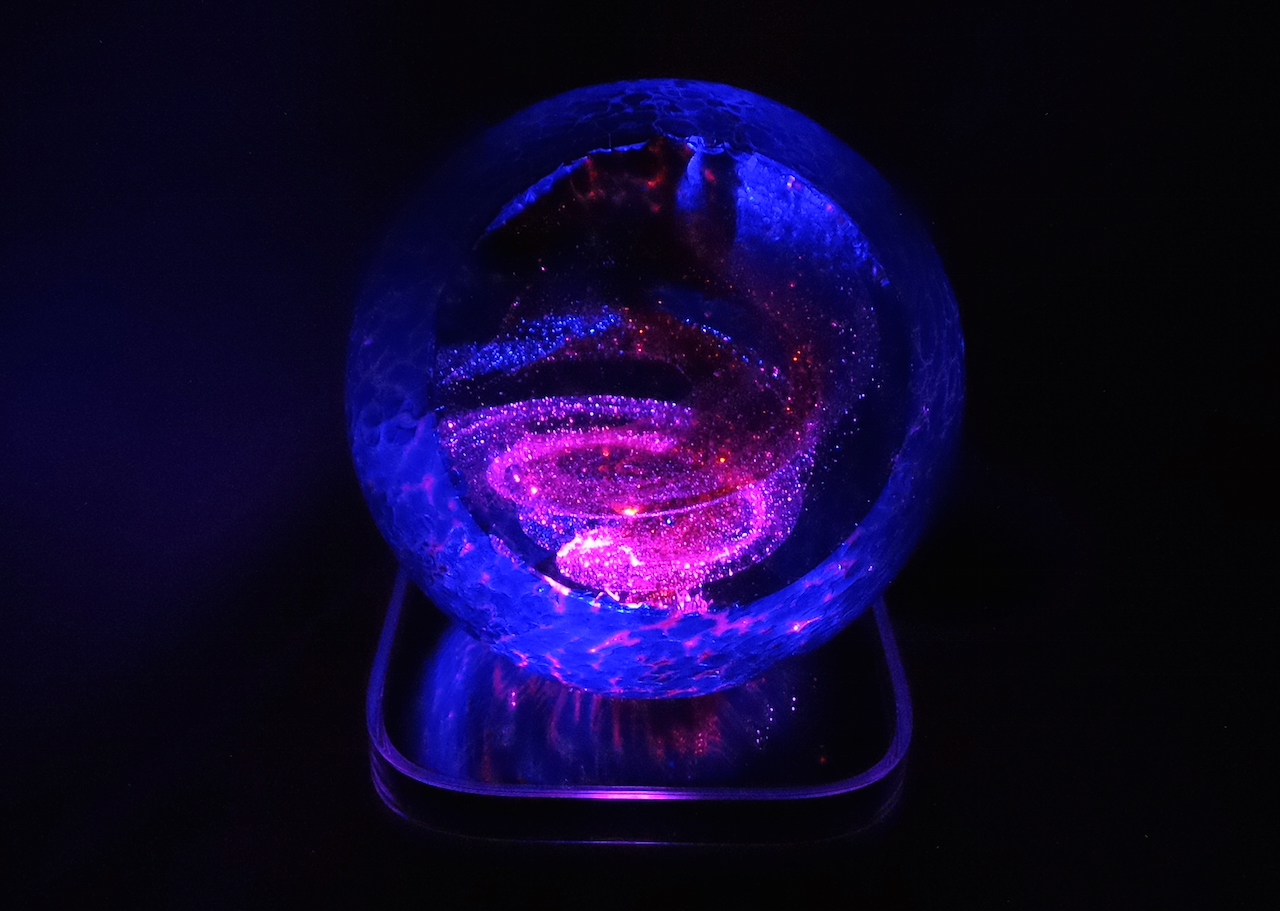LEAP#341 USB Power Supply
I’ve taken apart and had enough “wall wart” power supplies blow up on me .. so perhaps it is about time to put one together instead!
Cheap kits are available, although it pays to carefully map out the circuit and understand how it functions, as schematics don’t always match PCB/silkscreen, and components may also vary! The kit I’ve built here works just fine..
As always, all notes, schematics and code are in the Little Electronics & Arduino Projects repo on GitHub
read more and comment..
LEAP#340 Boldport Club IxpandO
IxpandO is an input/output expansion board based on Microchip’s MCP23017, BoldportClub Project #16. The board design leaves the door open for various configurations. I decided to go initially with the default setup of 8 inputs (switches) and 8 outputs (LEDs), with an Arduino sketch to demonstrate digital output and interrupt-driven input. As always, all notes, schematics and code are in the Little Electronics & Arduino Projects repo on GitHub
read more and comment..
LEAP#339 PT2399 Delay Kit
I have been reading up on the PT2399 echo audio processor, and a good way of seeing one action is to pick up one of the many delay effects pedals.
The kit I found is nicely put together with a pre-drilled and decorated 1590B enclosure, and some very nice knobs and smooth pots. The build was a breeze, and results are actually pretty decent. As always, all notes and schematics are in the Little Electronics & Arduino Projects repo on GitHub.
Here’s a quick hit to demo the effect, with a clean guitar signal and all the effect settings on “11” (mix, repeat, delay)…
read more and comment..
LEAP#338 Going GlowBall!
The Glass Eye Studio “Celestial Super Nova” is quite an awesome piece of glass work … I have no idea how these can be manufactured in any quantity with consistency! Perhaps I should find a class? Glass work seems all the rage these days!
You can buy a base with lighting effects, but where is the fun in that? Here’s a project to make a base for the glass ball. Because it is going to sit on a desk, I decided to combine two functions:
- a multi-colour “glow” effect to light the ball
- or switch to power a 3528 LED strip (1m, 60 LEDs, 12V, cold white)
As always, all notes, schematics and code are in the Little Electronics & Arduino Projects repo on GitHub
Here’s is a video with a few soothing minutes of the glow effect;-) …
read more and comment..

